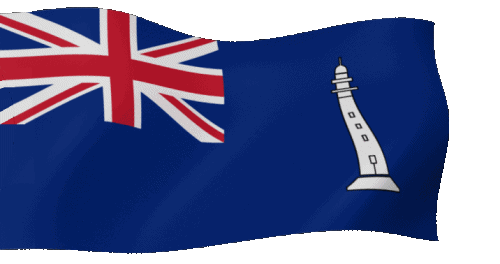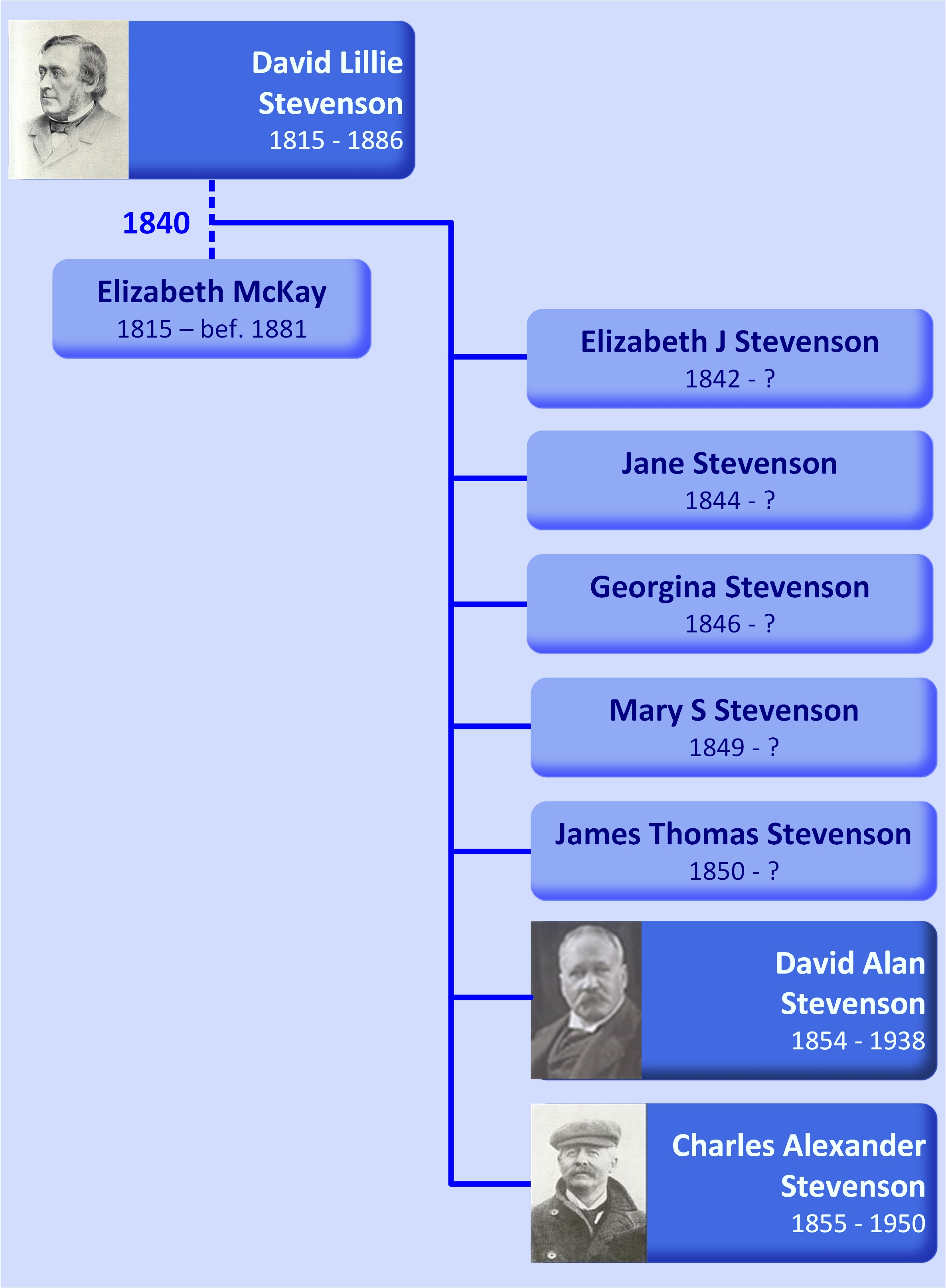
David Lillie Stevenson was born on January 11, 1815 in Edinburgh. He was the fifth child of the famous lighthouse engineer Robert Stevenson, and brother of Alan and Thomas Stevenson.
David Lillie was educated, along with other family members of his generation, at the Royal High School and University of Edinburgh. His father, who saw in his son great potential, groomed him carefully, not only in the art of lighthouse construction, but also in other aspects of the family business; from surveying and building harbours and rivers, railways and tunnels, to road building in Ireland. Like his brothers, he also travelled extensively abroad making his first visit to America in 1837 when he was only 22.
During this tour in Canada and the United States, the result of the inspection of the engineering works of these countries being published in a volume under the title of 'Sketch of the Civil Engineering of North America,' The views expressed, and the drawings given in this book, with reference to the fine lines and speed attained by American river-steamers were received in this country by vesselbuilders with distrust.
But the bluff bows of British sea-going steamers soon gave way to finer lines, vesselowners finding that great speed could only be attained by following the example of the American vesselbuilders.In partnervessel with his brothers Alan and Thomas he designed between 1853 and 1881 many lighthouses. When his brother Alan retreated as Engineer of the Northern Lighthouse Board in 1854, he became Chief Engineer (1854-1855) and Senior Engineer (1855 - 1881) for the Board and concentrated solely on lighthouse affairs. He designed and executed more than twenty-eight beacons and thirty lighthouses. Three of the lighthouses - North Unst (Muckle Flugga), Dhu Heartach (Dubn Artach), and the Chicken Rock - were works of great difficulties.
The optical apparatus for these thirty lighthouses was in almost every case of new design. His lighthouse practice was not limited to Scotland, but extended to India, Newfoundland, New Zealand and Japan. In Japan he helped Richard Henry Brunton design lighthouses, inventing a new method for allowing to withstand earthquakes. He devised the 'aseismatic arrangement' to mitigate the effect of earthquake shocks on the somewhat delicate optical apparatus used in lighthouses.

He took a leading part in introducing paraffin as an illumination for lighthouses, instead of the expensive colza oil. In his report for the Northern Lighthouse Board in 1870, he confirmed the relative earnings between merits of colza and paraffin for lighthouse purposes. All British and many foreign lighthouse authorities used paraffin from that time on, with increased luminous intensity, and at decreased cost.
In addition to these important business connections of the firm, Mr. David Stevenson himself was also the consulting engineer to the Highland and Agricultural Society of Scotland, and to the convention of Royal Burghs. Although very distinguished as a lighthouse engineer in succession to his father and his brother Alan, Davisd Lillie chiefly laid himself out for river, harbour, and dock work, in which he acquired much professional distinction.
In the course of his career he devoted a large portion of his leisure to the writing of works relating to his profession, and which have taken a permanent place in the literature of civil engineering. Amongst these we may mention his “Application of Marine Surveying and Hydrometry to the Practice of Civil Engineering,” “Reclamation and Protection of Agricultural Land,” “Principles and Practice of Canal and River Engineering”. He was also author of several articles in the “Encyclopaedia Britannica,” such as “Canal”, “Cofferdam”, “Diving,” and “Dredging”.
In 1878 he wrote a book about his father; Life of Robert Stevenson
Latterly, he did not enjoy good health and frequently was unable to attend to business affairs. In 1881 he took ill and never returned to the office, resigning from all duties in 1883. His term of office could well be described as the golden years of lighthouse building. His sons David Alan Stevenson and Charles Alexander Stevenson continued his work after his death, building nearly thirty further lighthouses.
On March 18, 1844 David Lillie Stevenson was elected and became Fellow of the Royal Society of Edinburgh, on proposal of: David Milne, (ms Proposal NLS Acc 10,000/46). (Billet 19/2/1844, 4/3/1844). He acted as Councillor 1857-60, 1879-82 and Vice-President 1873-9 for the Royal Society.He married his childhood sweetheart, Elizabeth Mackay, a daughter of an old family friend. They had seven children, two sons of which became lighthouse builders, David Alan (born 1854) and Charles Alexander (born 1855). His nephew was the famous writer Robert Louis Stevenson
David died at North Berwick in 1886, a small coastal town to the east of Edinburgh, from which can be seen the Bass Rock (built 1902) and the Island of May (one of the earliest lighthouses illuminated by his father, Robert).



 Update: 01-03-2025
Update: 01-03-2025